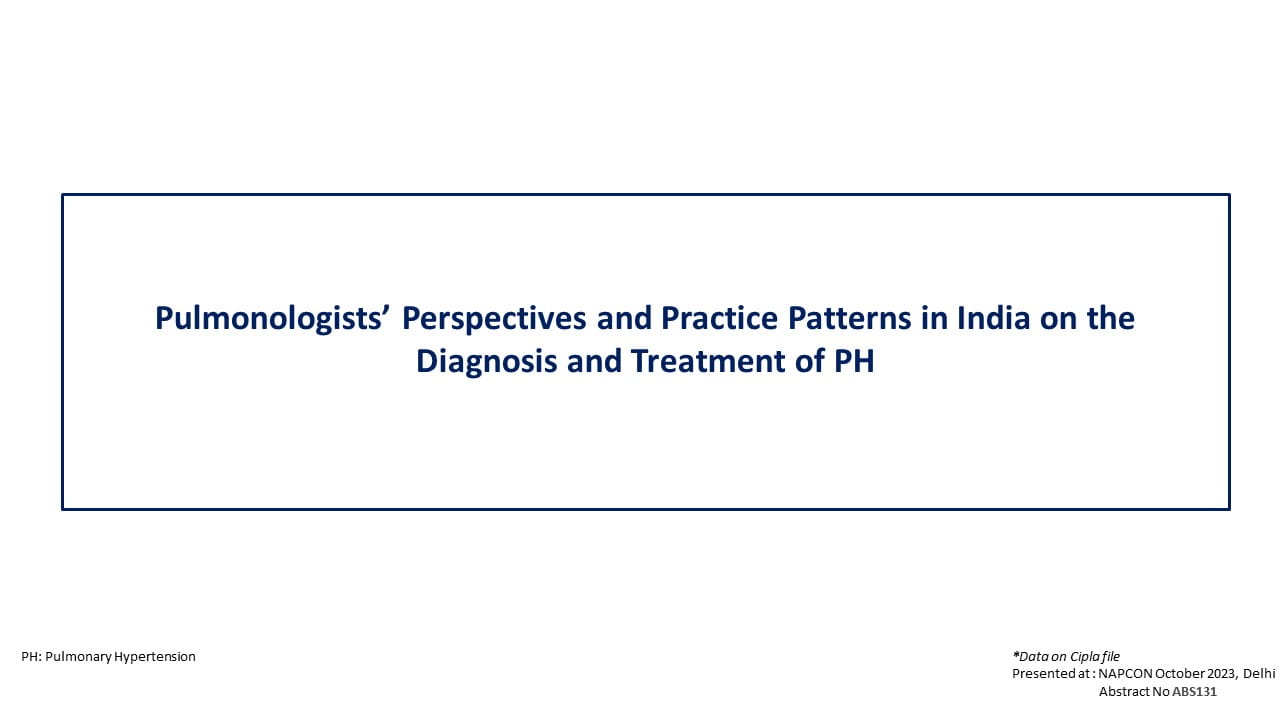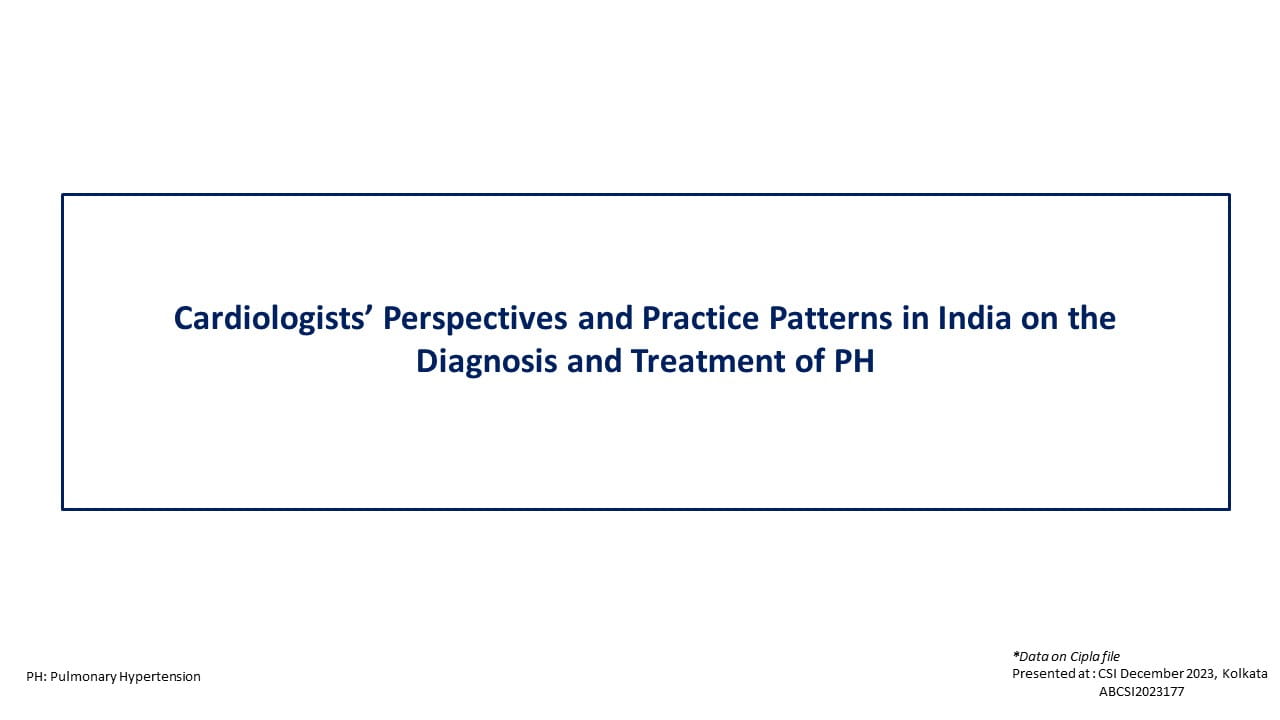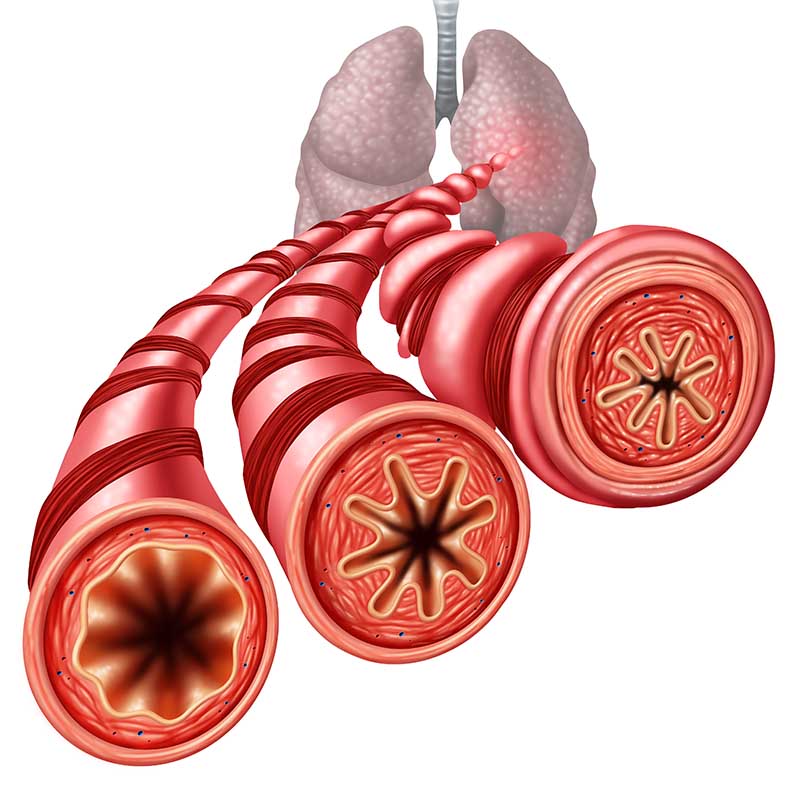Early CC Protocol
Induction of Ovulation with Early Clomiphene Citrate in Women with PCOS
Aim
To compare early (starting immediately following progestin administration) to the conventional (starting on day 2 of the withdrawal bleeding) clomiphene citrate (CC) treatment in induction of ovulation in infertile women with PCOS.
Methods
- In this randomized controlled trial, women (n=40) with oligo/amenorrhea were recruited and randomized into one of two groups:
o Group I – 100 mg CC for 5 days, starting on the day after the last dose of the oral progestin without waiting for the withdrawal bleeding; and
o Group II - same dose of CC and for the same duration, but starting on day 2 of the induced withdrawal bleeding.
- Primary outcome - clinical pregnancy rate.
Results
Early CC was associated with:
- Slightly higher rate of detecting at least one mature follicle when compared to conventional CC (12 v/s 10; difference was not significant)
- Significantly higher mean endometrial thickness (10.42 v/s 8.7 mm)
- Slightly higher clinical pregnancy rate (3 v/s 2; difference was not significant)
Conclusion
In women with PCOS, earlier CC administration for induction of ovulation seems to be associated with significantly thicker endometrium, slightly higher ovulation and pregnancy rates, when compared to the conventional CC administration.
J Am Sci 2013;9(12):418-422.
Extended CC Protocol
Clomiphene Citrate Protocols for Ovulation Induction in Clomiphene Resistant PCOS
Aim
To compare two protocols of CC therapy for induction of ovulation in CC resistant PCOS women.
Methods
- In this double blind randomized controlled trial, 260 nulliparous CC resistant PCOS women were randomized into two groups;
o Group I (n=110) - CC 200 mg/day for 5 days,
o Group II (n=110); extended protocol - CC 100 mg/day for 10 days, both starting on day 3 of progestin induced withdrawal bleeding.
- Main outcome measures - Ovulation defined as at least one follicle reaching ?14 mm diameter.
Results
Cycle outcomes in two groups were as follows:
|
|
Group I |
Group II |
P |
|
D11 FSH (IU/L) |
3.8 ± 3.5 |
6.6 ± 2.7 |
0.02 |
|
D11 LH (IU/L) |
8.7 ± 2.6 |
9.2 ± 3.1 |
0.07 |
|
Ovulation |
11 (10%) |
39 (35.5%) |
0.001 |
|
Cycle day on ovulation |
14 ± 3.6 |
18 ± 4.4 |
0.03 |
|
Endometrial thickness (mm) |
5.7 ± 2.4 |
9.3 ± 3.1 |
0.02 |
|
Clinical pregnancy |
4 (3.6%) |
19 (17.2%) |
0.01 |
Conclusion
Extended lower dose protocol was associated with significantly higher endometrial thickness at the time of ovulation, as well as ovulation and pregnancy rates, probably because of prolonged FSH rise.
Middle East Fertil Soc J. 2014;19(4):243–247.
Half Dose CC Protocol
Preventing Thin Endometrium in Patients Undergoing Clomiphene Citrate Treatment
Aim
To investigate whether the modified CC treatments are useful to prevent a thin endometrium.
Methods
- In this prospective, randomized controlled study, 66 infertile women who had a thin endometrium (< 8 mm) during the standard CC treatment were randomly divided into three groups:
o Half-dose group (n=20) - 25 mg/day CC on days 5-9;
o Early administration group (n=21) - 50 mg/day CC on days 1-5;
o Control group (n=20) - standard CC 50 mg/day on days 5-9 again
- Primary endpoint - endometrial thickness.
Results
Endometrial thickness, number of follicles and serum progesterone levels in the 3 groups:
|
|
Half-dose |
Early administration |
Control |
P |
|
Endometrial thickness (≥ 8 mm) |
14 |
19 |
3 |
< 0.05 |
|
S. Progesterone (ng/ml) |
18.8 ± 7.3 |
18.8 ± 10.3 |
22.3 ± 11.3 |
NS |
|
Number of follicles |
| |||
|
≥ 15 mm |
1.8 ± 0.9 |
2.3 ± 0.9 |
1.9 ± 1.0 |
NS |
|
≥18 mm |
1.4 ± 0.6 |
1.4 ± 0.6 |
1.3 ± 0.5 |
NS |
- No side effect was observed in this study.
Conclusions
In patients with a history of thin endometrium, the half-dose or early administration of CC:
- Significantly increased endometrial thickness
- Provide an alternative to proceeding to gonadotropin therapy
J Ovarian Res. 2013;6(1):94.
Three Day CC Protocol
Clinical Outcomes of Three- Or Five-Day Treatment with CC Combined with Gonadotropins and A Timed Intercourse Cycle In PCOS Patients
Aim
To investigate the effect of a new CC regimen on preventing thin endometrial lining in PCOS patients receiving CC plus gonadotropin treatment with a timed intercourse cycle.
Methods
- In this retrospective pilot study, 114 women with PCOS were divided into two groups and treated in accordance with the controlled ovarian stimulation (COS) protocol:
o Group A - 104 COS cycles in 67 patients were included; 150 mg CC was given for three days in each cycle, starting from day 3.
o Group B - 69 COS cycles in 47 patients were included; 100 mg CC was given for five days, starting from day 3.
- Thickness of the endometrium was measured on the day of hCG injection.
Results
Additional doses of human menopausal gonadotropin and the number of days of hCG administration were not significantly different between the two groups. Endometrial thickness on the day of hCG administration was significantly larger in group A than group B (9.4±2.1 mm vs. 8.5±1.7 mm, p=0.004). The pregnancy rate was significantly higher in group A than in group B (38.4% vs. 21.7%, p=0.030).
Conclusion
Three-day CC treatment resulted in a significantly higher pregnancy rate than the standard five-day CC treatment in a timed intercourse cycle in PCOS patients. Facilitating adequate endometrial growth via the early discontinuation of CC might be a crucial factor in achieving a higher pregnancy rate.
Clin Exp Reprod Med. 2015;42(3):106-10.
Stair Step CC Protocol
Clomiphene Citrate Protocols in PCOS - ‘Stair-Step’ Vs. Traditional
Aim
To evaluate the efficacy of the stair-step protocol using CC and to assess the uterine and systemic side effects in patients with PCOS
Methods
- In this prospective study, 60 PCOS patients who failed to respond to 50 mg/day for 5 days of CC treatment within the cycle were randomly allocated to:
o Control group (traditional protocol – n=30) - CC 100 mg/day for 5 days after the onset of progestin-induced menstruation; and
o Study group (stair-step protocol – n=30) - dosage was increased to 100 mg/day for 5 days in the same cycle.
- Parameters evaluated - ovulation and pregnancy rates, duration of treatment and uterine and systemic side effects.
Results
- Ovulation and pregnancy rates were similar between the 2 groups but the duration of treatment was significantly shorter in stair-step compared to traditional protocol.
|
|
Stair-step group |
Control group |
P |
|
Duration of treatment (days) |
20.5 + 2.0 |
48.6 + 2.4 |
.0001 |
|
Ovulation rate/cycle (%) |
43.3 |
33.3 |
0.64 |
|
Cycle cancellation rate (%) |
50 |
56.6 |
0.79 |
|
Clinical pregnancy rate/cycle (%) |
16.7 |
10 |
0.69 |
- No significant differences in the systemic and uterine side effects were found between the groups.
Conclusion
The stair-step protocol had a significantly shorter treatment period making it suitable for use in routine clinical practice.
Arch Gynecol Obstet 2015;291(1):179–184.
Luteal Phase CC Protocol
Luteal Phase Clomiphene Citrate for Ovulation Induction in Women with PCOS
Aim
To test a new protocol of luteal phase administration of clomiphene citrate (CC) for ovulation induction in women with PCOS.
Methods
In this prospective, randomized, controlled trial, 252 women (cycles) with PCOS were randomized into:
- Group 1 (126 patients) - 100 mg of CC daily for 5 days starting on day 5 of menses
- Group 2 (126 patients) - 100 mg of CC daily for 5 days starting the next day after finishing medroxyprogesterone acetate (before withdrawal bleeding).
Main outcome measures - number of growing and mature follicles, serum E2 (pg/mL), serum progesterone (ng/mL) levels, endometrial thickness (in mm), pregnancy, miscarriage rates.
Results
- Total number of follicles and number of follicles ≥14 mm during stimulation were significantly greater in Group 2.
|
|
Group 1 |
Group 2 |
|
|
Endometrial thickness at hCG administration |
7.84 ± 1.22 |
8.81 ± 0.9 |
p < 0.05 |
|
Serum E2 (pg/mL) |
449.61 ± 243.45 |
666.09 ± 153.41 |
p < 0.05 |
|
Pregnancy |
11 |
13 |
NS |
Conclusion
Luteal phase administration of CC in patients with PCOS leads to increased follicular growth and endometrial thickness, which might result in a higher pregnancy rate.
Arch Gynecol Obstet. 2014;290(4):771-5.










